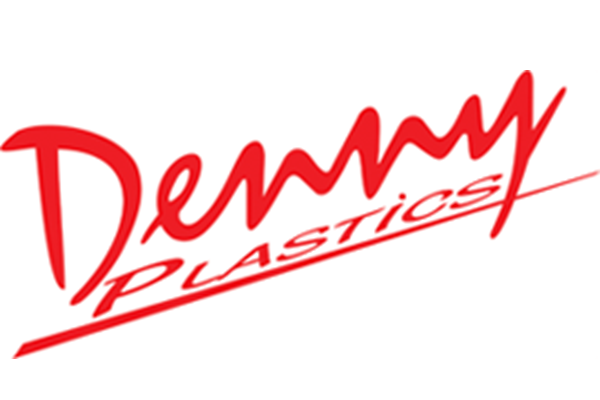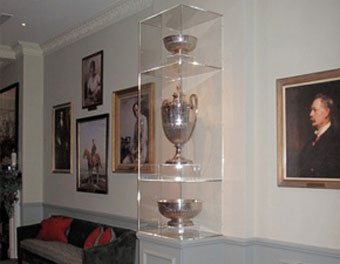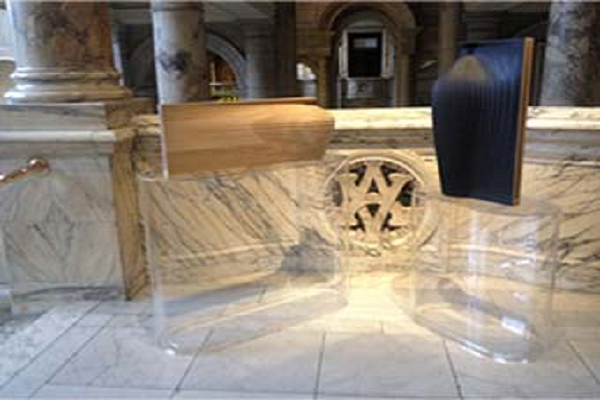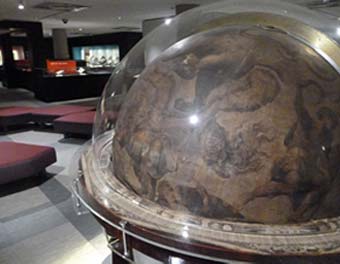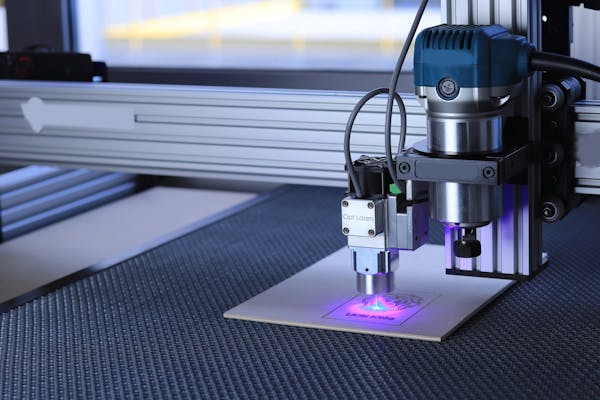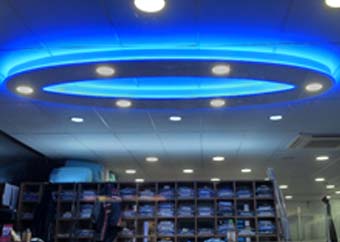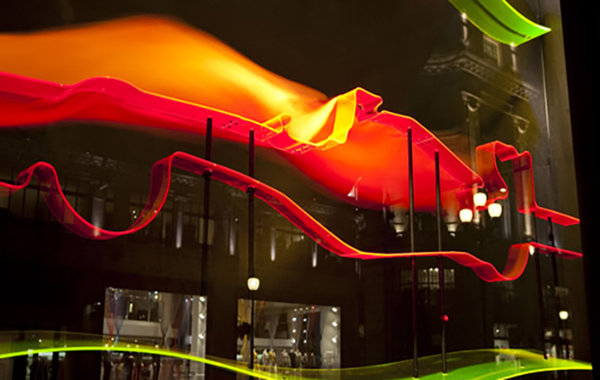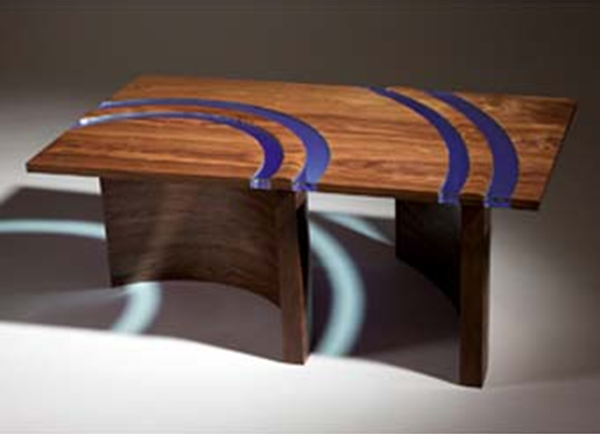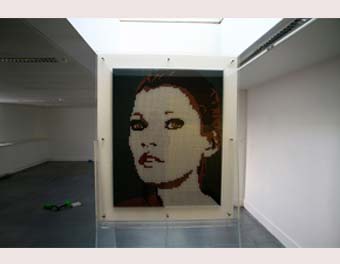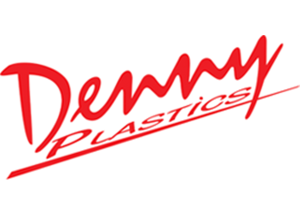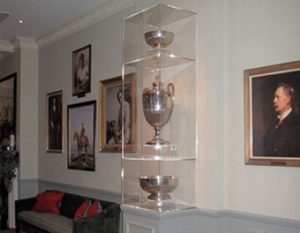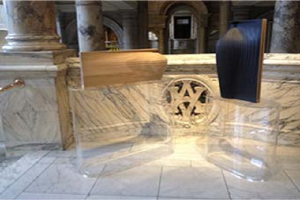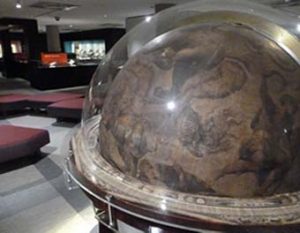Choosing the right plastic fabrication company is crucial for ensuring your projects meet the highest standards of quality and precision. With numerous options available in London, it’s essential to know what factors to consider and which companies stand out in the industry. One such company is Denny Plastics, renowned for our extensive experience and comprehensive range of services.
Key Factors to Consider
- Experience and Reputation
The first thing to look for is a company’s experience and reputation in the industry. Companies with a long history are often more reliable and have a proven track record. Denny Plastics, for instance, has been a leader in the plastic fabrication industry for over 70 years. Our longstanding presence in the market is a testament to our expertise and commitment to quality.
- Range of Services
A company that offers a wide range of services can be more adaptable to your needs. Whether you require simple cut-to-size services or complex bespoke fabrication, it’s advantageous to work with a company that can handle various tasks. Denny Plastics excels at providing diverse services, including:
- Plastic Cutting and Machining: Precision cutting, CNC routing, and laser cutting ensure your materials are shaped exactly as needed.
- Bespoke Fabrication: Custom fabrication services allow you to create unique products tailored to your specifications.
- Polishing and Finishing: High-quality polishing and finishing services give your products a professional and polished look.
- Thermoforming: This process involves heating plastic sheets until they are pliable enough to be moulded into specific shapes.
- Quality of Materials
The quality of materials used is critical for the durability and performance of the final product. Ensure the company uses high-grade materials and can source various types of plastics, including acrylic, polycarbonate, and PVC. Denny Plastics is known for sourcing top-quality materials, ensuring that every project meets the highest standards.
- Customer Service
Excellent customer service is essential for a smooth and satisfactory experience. A good company should be responsive, willing to answer questions, and provide expert advice. Denny Plastics prides itself on offering exceptional customer service, guiding clients through every step of the fabrication process.
- Turnaround Time and Reliability
Meeting deadlines is crucial for any project. A reliable plastic fabrication company should be able to provide realistic timelines and stick to them. At Denny Plastics, we are known for our punctuality and reliability, ensuring that projects are completed on time without compromising quality.
Why Choose Denny Plastics?
Denny Plastics stands out as a top choice for plastic fabrication in London due to our extensive experience, diverse services, and commitment to quality. Here are some reasons why you should consider them for your next project:
- Over 70 Years of Experience: Our long history in the industry speaks volumes about our expertise and reliability.
- Comprehensive Services: From cutting and machining to bespoke fabrication and thermoforming, they offer a full range of services to meet your needs.
- High-Quality Materials: They use only the best materials, ensuring that your products are durable and high-performing.
- Exceptional Customer Service: Our team is dedicated to providing excellent service, offering guidance and support throughout the project.
- Reliable Turnaround Times: They understand the importance of deadlines and work diligently to ensure the timely delivery of all projects.
Conclusion
Choosing the right plastic fabrication company in London requires careful consideration of various factors, including experience, range of services, quality of materials, customer service, and reliability. Denny Plastics excels in all these areas, making them a trusted partner for all your plastic fabrication needs. With our extensive experience and comprehensive services, you can be confident that your project will be executed to the highest standards. For more information about our services, get in touch with us today and discover how they can help bring your project to life.





